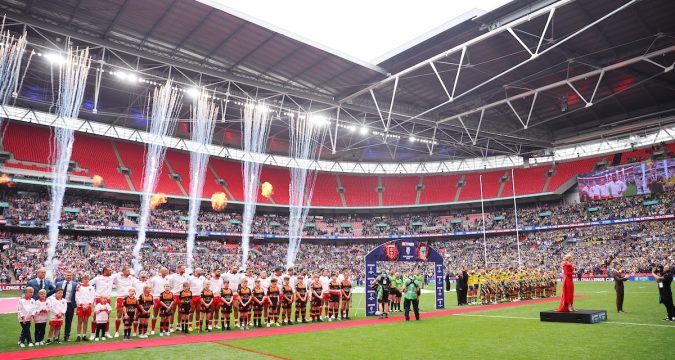 “IF YOU build it, they will come.”
It’s a line often attributed to the 1989 Kevin Costner movie “Field of Dreams” - although the actual line ends “he will come” - but the sentiment is the same. If you create something of a high enough quality and really believe in it, that belief can be the driving force for success.
Along sim
“IF YOU build it, they will come.”
It’s a line often attributed to the 1989 Kevin Costner movie “Field of Dreams” - although the actual line ends “he will come” - but the sentiment is the same. If you create something of a high enough quality and really believe in it, that belief can be the driving force for success.
Along sim Page XIII: One way Wembley weekend could be improved in future
 “IF YOU build it, they will come.”
It’s a line often attributed to the 1989 Kevin Costner movie “Field of Dreams” - although the actual line ends “he will come” - but the sentiment is the same. If you create something of a high enough quality and really believe in it, that belief can be the driving force for success.
Along sim
“IF YOU build it, they will come.”
It’s a line often attributed to the 1989 Kevin Costner movie “Field of Dreams” - although the actual line ends “he will come” - but the sentiment is the same. If you create something of a high enough quality and really believe in it, that belief can be the driving force for success.
Along sim 